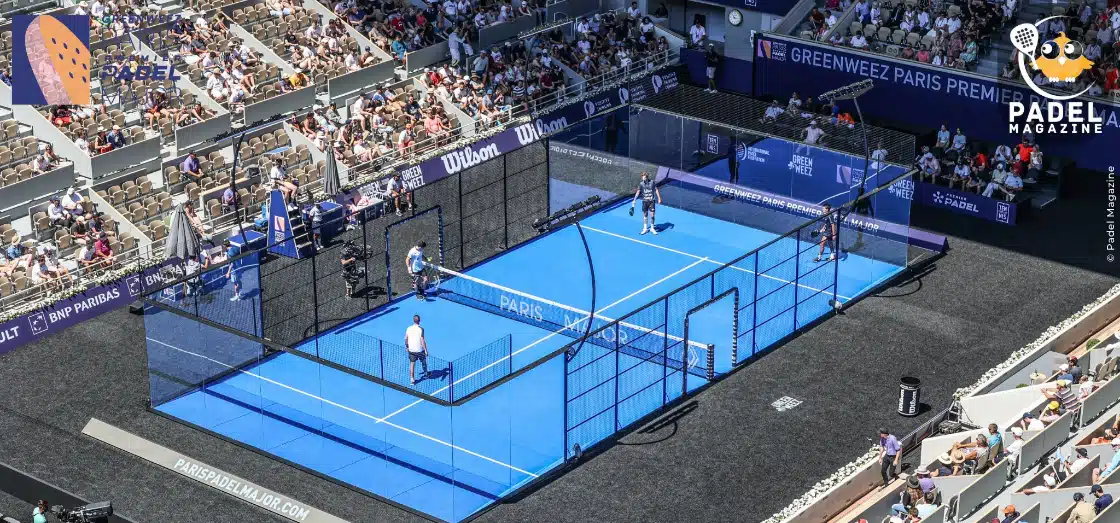The rules of the game of Padel: the complete guide to playing better
- November 2, 2022
- Practical info
- Sources: FFT
Discover all the rules that make a padel match a real pleasure.
Player positions
Padel is played in doubles. The player who receives the serve can stand anywhere in his own camp, as can his partner who is not receiving the serve. The server's partner can also stand anywhere in his own camp. Only the server must be behind the baseline, to the left or right of the center line. The receiver places himself anywhere on the court, diagonally across from the server.
Points


The service
(on the receiver's side), it is also a fault. If the ball hits the net and bounces back into the court, it's a let.
If it hits the net before the second bounce, it's a fault.
Exchange and rebound
With the exception of service and return of service, a ball may be volleyed. The ball is allowed only one ground bounce. In the rally, after a ground bounce, the ball may touch any other surface except the floor of its own court. Thus, door handles, fences and walls are all part of the court. A second bounce results in the loss of the point.
The ball can be retaken out of court if, and only if, a second bounce has not occurred. There is a winning point if, after a rebound in the opponent's court, the ball returns to his court without having been touched by an opponent.
Once the ball is in play, all balls passing the net must first bounce on the floor of the opposing camp before hitting a wall. After bouncing off a wall, players can hit the ball back into the opponent's court. Of course, as in tennis, the ball can only bounce once into your camp, and it can only be hit once.

